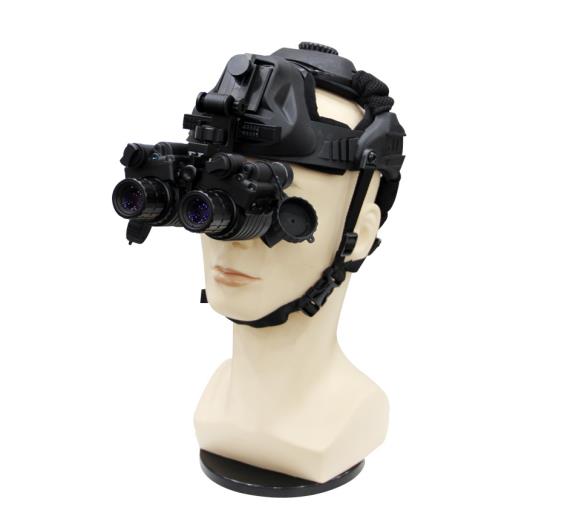Night vision goggles and monoculars are essential tools for those who require visibility in low light or no light conditions. These devices offer a tactical advantage in a range of environments, including hunting, camping, surveillance, and law enforcement. In this blog post, we’ll explore the features of night vision goggles and monoculars, their uses and how they operate.
Night vision goggles are designed to be worn on the head, allowing the user to navigate and maintain situational awareness while keeping their hands free. These devices come with a binocular configuration, meaning that they have two lenses, one for each eye. This feature provides a stereoscopic view that enhances the user's ability to perceive depth and distance. Depending on the model, night vision goggles can have varying magnification factors, with some being able to zoom in on objects. The goggles amplify the ambient light available to the viewer so that they can see in the dark. They rely on existing ambient light sources, such as starlight or moonlight, to produce a visible image. Night vision goggles are available in a wide range of qualities and prices, with the most sophisticated models including additional features like thermal imaging.

Monoculars, on the other hand, require the user to hold them in one hand. They are typically smaller and more portable in comparison to night vision goggles. Their main advantages are their portability, affordability, and versatility, as they can be used for several different purposes, such as scouting and surveillance. Monoculars are available in both digital and analog models. Digital models use image sensors, which convert light into an electrical signal that is then displayed on a screen. Analog models, however, typically use lenses and mirrors to magnify the light, similar to binoculars.
Both night vision goggles and monoculars utilize different generations of technology, which vary in their efficacy, range, resolution, and price. Earlier generations such as Gen. 1 require some ambient light to produce a visible image and have a limited range. They are also the most affordable. Modern models, such as Gen. 4, provide clearer, sharper images and can even be used in total darkness. However, they are also the most expensive.
In conclusion, night vision goggles and monoculars provide significant advantages in low-light or no-light conditions. Whether you are a hunter, nature lover, or in law enforcement, utilizing these devices can significantly enhance situational awareness and safety. Be sure to consider the different generations of technology available when choosing between night vision goggles and monoculars to find the perfect fit for your individual needs.

